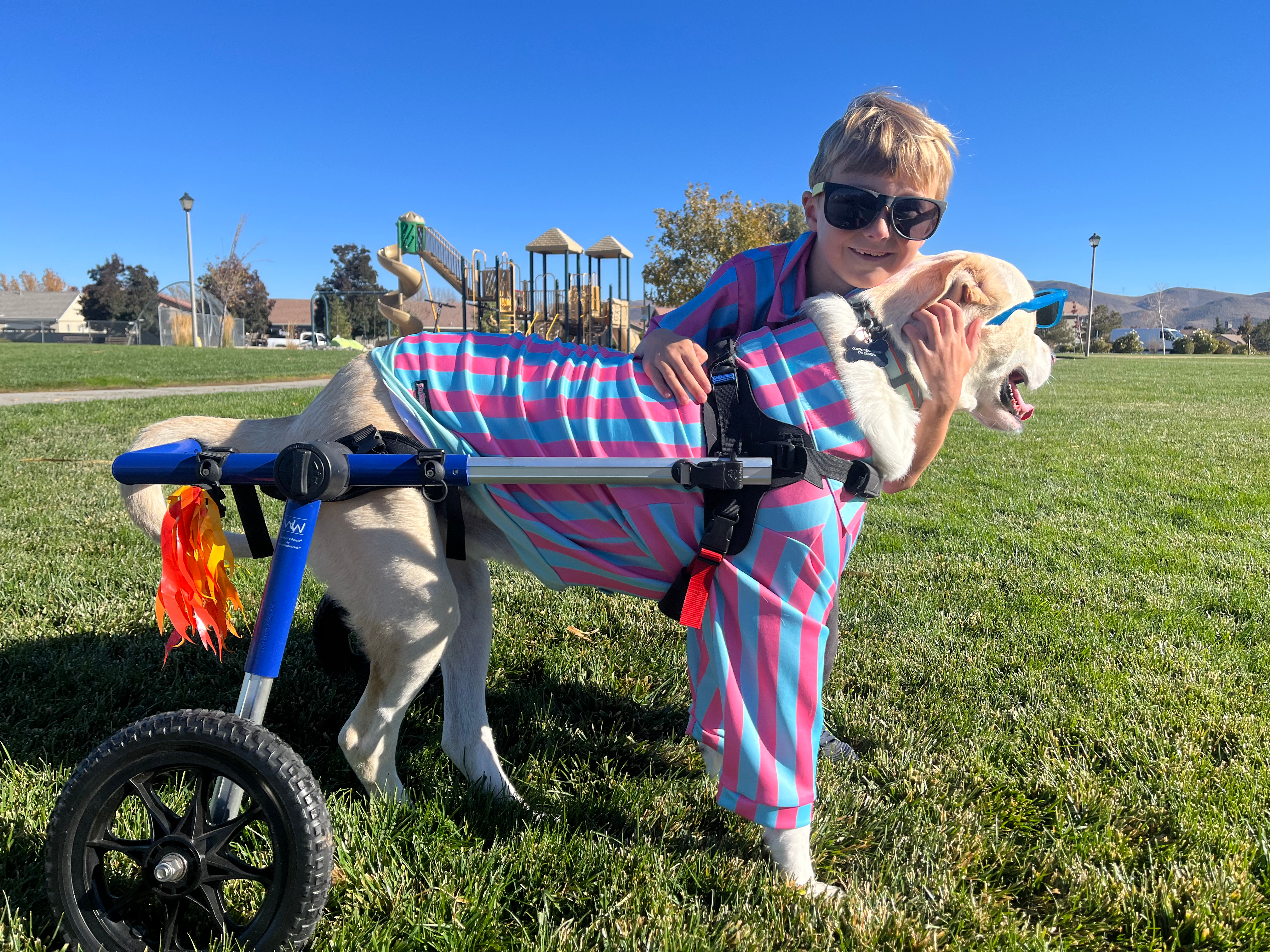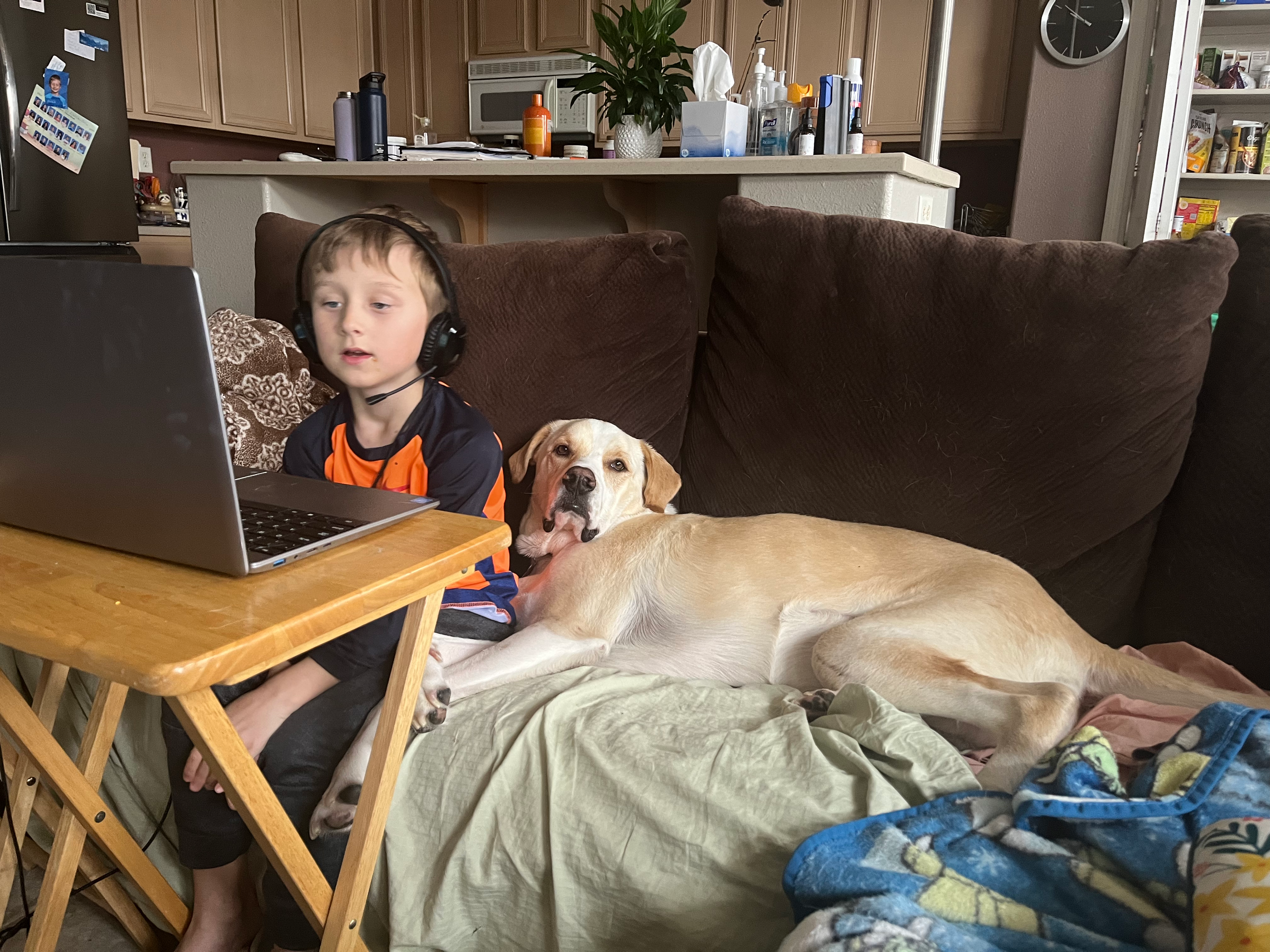A boy's journey with dyslexia
- rag1776
- Nov 30, 2024
- 3 min read
Updated: Jan 15
Learning disabilities
I was told by the school, “Read to him more; you are not reading to him enough.” I felt like I was failing my son as a mother because he was 6 years old and could not read a single word. He was acting out in school, and I was receiving daily messages about his disruptive behavior. As school progressed and became harder, he often would come home crying, saying, “What is wrong with me? Why can't I read like my friends.” He would throw books across the room when I tried to read to him, saying he hated reading. I cried myself to sleep every night as I could see how much he was suffering, and I felt helpless as his mother. Often he would come home from school exhausted and would curl up on the couch with his emotional support dog and fall to sleep. I advocated for the school to test him for learning disabilities, and the diagnosis came back - dyslexia. I knew nothing about dyslexia, but I knew this was why he was not learning to read and also why he felt so frustrated and angry. I realized that dyslexia is a learning disability that is most commonly associated with problems reading and is the most common learning disability affecting nearly 10% of the population. Sadly, often, children will go undiagnosed for years, leading to increasing problems in school along with depression and anxiety.
Even though he was provided an Individualized Education Program (IEP) in school, he still could not read a single word in 2nd grade, and his acting-out behaviors were becoming worse. Children with dyslexia often need an evidence-based reading program to read, but sadly, our school systems do not have the staff or the appropriate training to provide such reading programs. I soon realized if he was going to learn to read, I was going to have to take him to dyslexia-specific tutoring. We live in Reno, NV, so there were very few in-person options, so I contacted Lindamood-Bell Learning Processes In Sacramento, CA. They identified that he was not even reading at a kindergarten level and recommended intensive daily tutoring. Within weeks of their instruction, he read words and even put together sentences. I still remember the first time I heard him read to the instructor. I went into my bedroom and cried as I no longer felt helpless. As he started to learn to read, I noticed that his problem behaviors in school were decreasing simultaneously. He was very motivated to learn to read, and he said his goal was one day to be able to read to his emotional support dog, Sammy, who also has his own unique needs. I can happily say by the end of the tutoring, he was reading to Sammy, and the transformation was short of a miracle. I felt like I had my son back.
I wish I could say tutoring was available to all children with dyslexia, but that is not the reality. Often, parents like me are faced with the challenge of paying for tutoring, but what if you can't afford it? As a result, the research shows dyslexic students are more likely to drop out of school and develop psychological problems as compared to their non-dyslexic peers. Further, it has been reported that 85% of prison inmates (coalition for literacy) are dyslexic. I did not want my son to turn into one of these statistics. He still has days when he comes home frustrated, and Sammy always waits for him. He will likely need additional tutoring in the future, but as a single mom, I will have to figure out how to afford it financially. All I can remind him is that he does have dyslexia, but it does not define him and that together, we will continue to find our own ramps to help him excel in life with his dyslexia. Sammy included.


































Comments